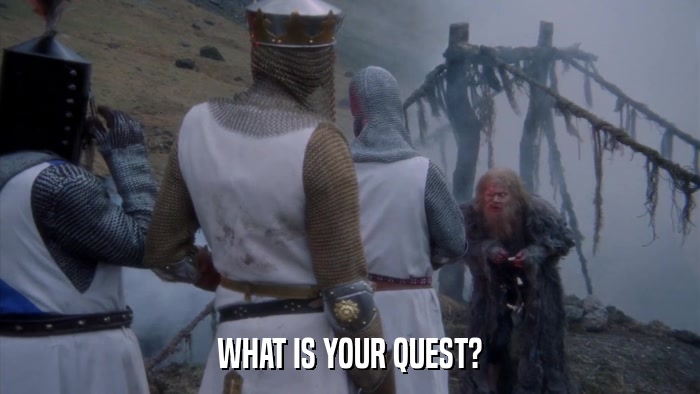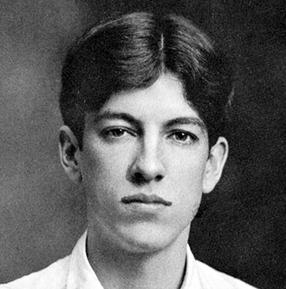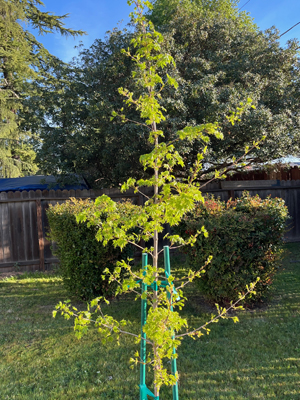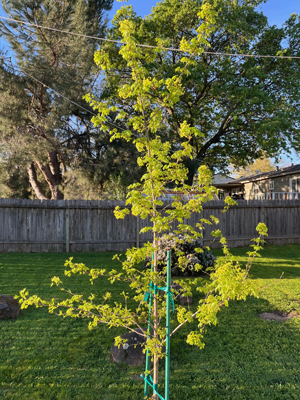“Remember you are dust and to dust you will return.”
As a kid, I was always glad I came from a Protestant household so I didn’t have to give up candy bars or something like that during Lent. I don’t believe I ever took Ash Wednesday seriously until February, 2021, when Mary and I attended a drive-through imposition of ashes at an Episcopal church just 10 days after we’d gotten our first covid shots at a drive through vaccination clinic. With 350,000 Americans dead over the previous 12 months, the line about dust from the liturgy took on new meaning. Still largely in the isolation mode, I “borrowed” the practice of using the next 40 days for reflection and have done so at this time of year ever since.
The Lenten liturgy includes this passage from Matthew 6:19-20, “Do not store up for yourselves treasures on earth, where moth and rust destroy, and where thieves break in and steal. But store up for yourselves treasures in heaven.” The word “treasure,” threw me for a long time. I didn’t think I had many treasures, except perhaps, my iPhone and a few related gadgets. But during Lent in 2021, in a moment of insight, I thought I saw a connection between the Gospel word “treasure” and the core Buddhist concept of “refuge.”
Buddha summed up the “dust to dust” problem in the concluding lines of the Diamond Sutra:
“Like a tiny drop of dew, or a bubble floating in a stream;
Like a flash of lightning in a summer cloud,
Or a flickering lamp, an illusion, a phantom, or a dream.”
“So is all conditioned existence to be seen.”
We take refuge in any number of things, people, and aspects of our ordinary lives: family, pets, friends, work, nature, hobbies, organizations, churches, creative endeavors. We take refuge in watching the Super Bowl in February, even though the 49ers sometimes lose. But no matter how we distract ourselves, we know that our houses, and family, and friends, and pets are fleeting, like a drop of dew on a leaf.
These are our “treasures on earth.” While they bring comfort and happiness, they don’t bring true security, because however much we avoid it, we know, there are no guarantees. A Tibetan meditation manual by Mipham Jampal Gyepa says: “What appears as happiness is deceptive and will change. All ordinary perceptions are the cause of distress.”
Buddhism explicitly posits ordinary and extraordinary perceptions. A conditioned and an unconditioned existence. A relative and an ultimate reality. There are also three “kayas,” or “bodies.” The physical body perishes at the end of each incarnation, but there is also a Body of Enjoyment (corresponding, I believe, to the Western idea of an “astral body”), and a Body of Ultimate Truth.
As I understand it, Christianity implicitly posits parallel concepts of relative and ultimate realities. A Kingdom of Earth where our treasures are not safe, and a Kingdom of Heaven where they are. A physical body that comes from dust and returns to dust, as a well as a Soul which doesn’t perish. James Hillman pointed out that in early Christianity, Paul speaks of a triune human nature: “May your whole spirit, soul, and body be preserved blameless at the coming of our Lord Jesus.” I Thessalonians 5:23.
The message of Ash Wednesday always reminds of the constant longing that I find poignantly expressed in this line from the title song of the last Grateful Dead studio album: “Show me something built to last.”
Both Christianity and Buddhism talk of a condition beyond concepts that is “built to last,” which exists as a “Kingdom” or a state of realization within us. This, I believe, is a source of our tales of heroic quests from around the world, as well as all of our contemplative traditions.
This is a perfect time of year to reflect upon and even explore them.











